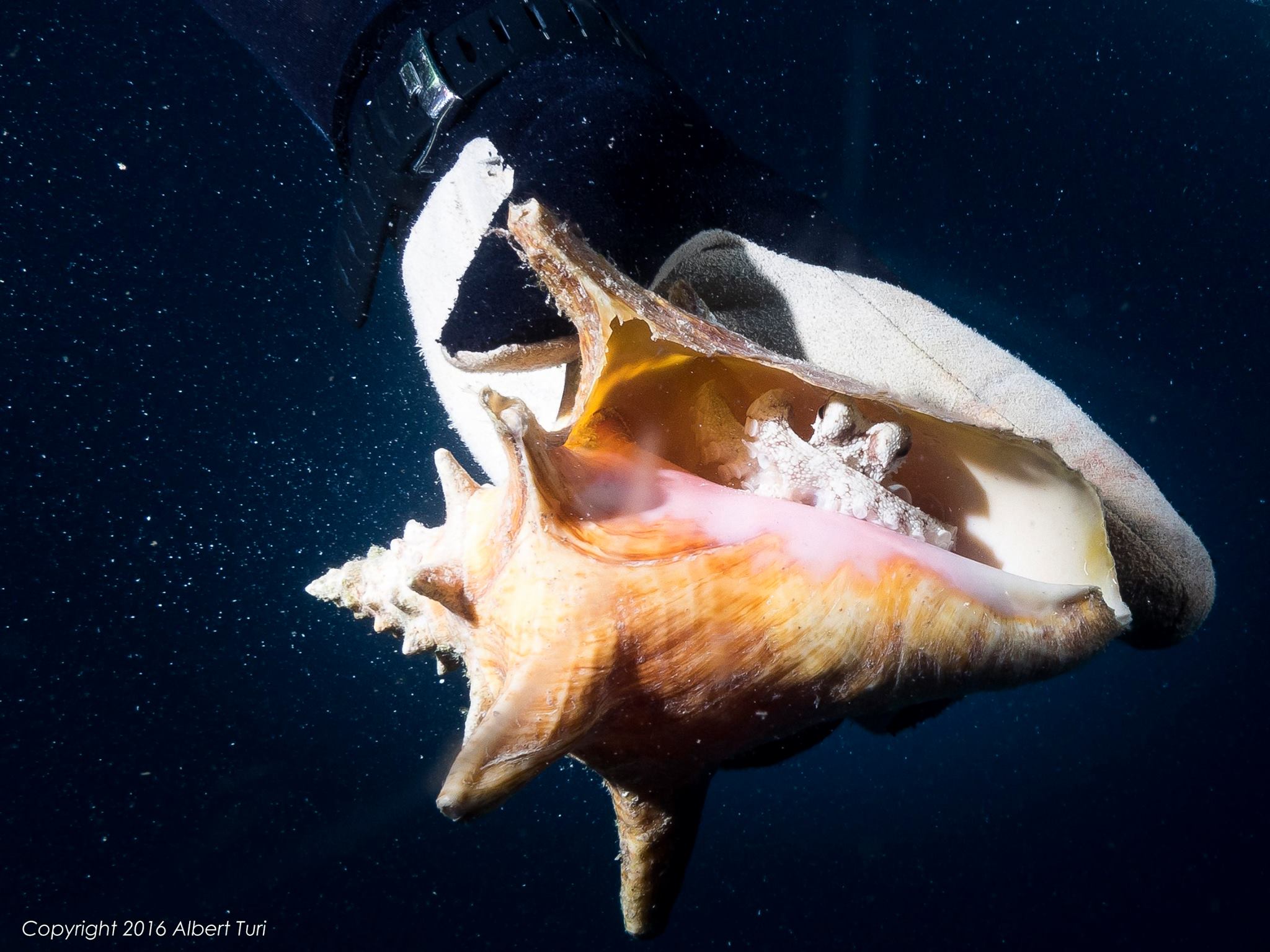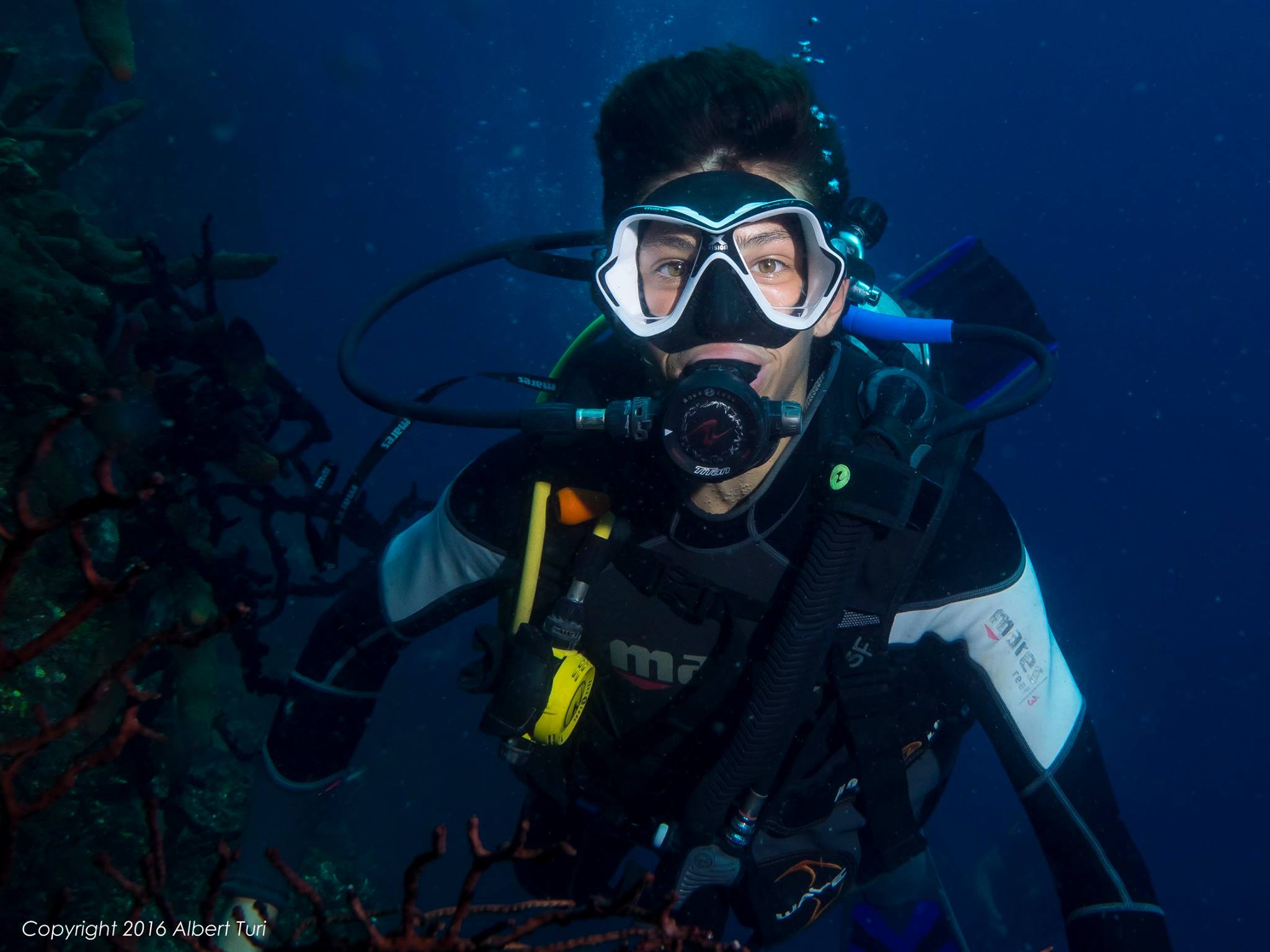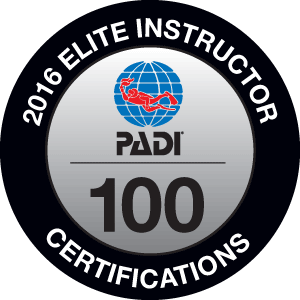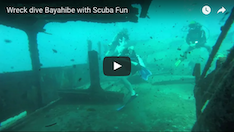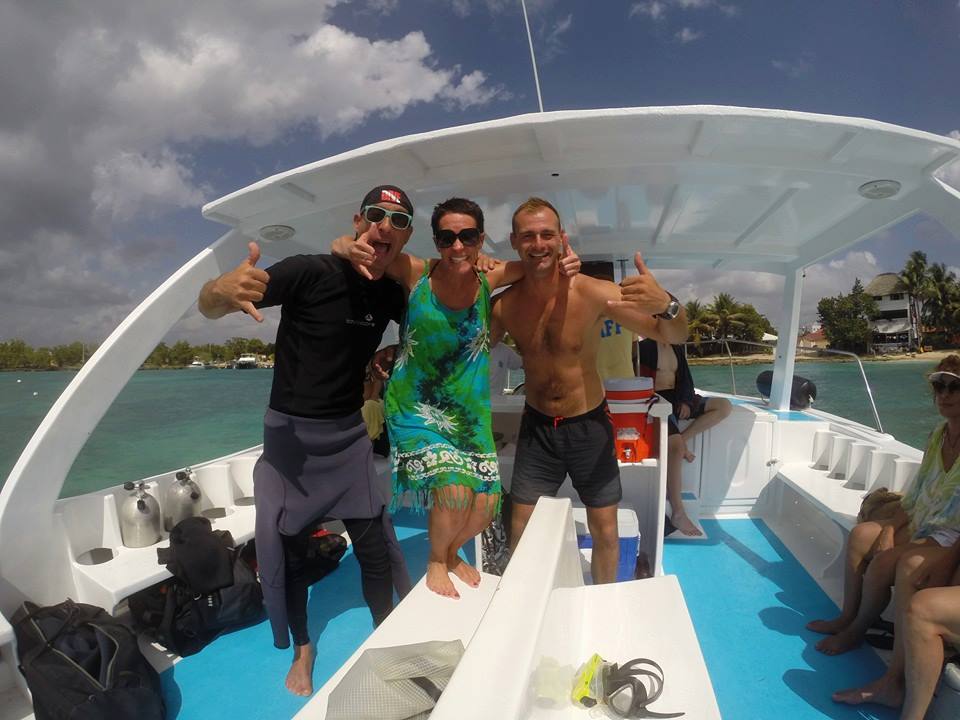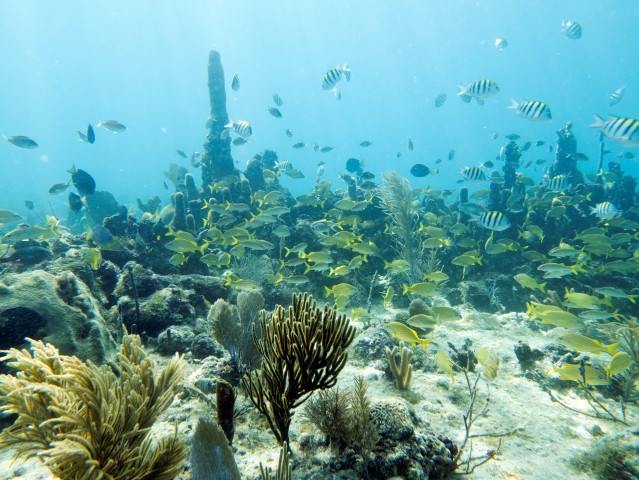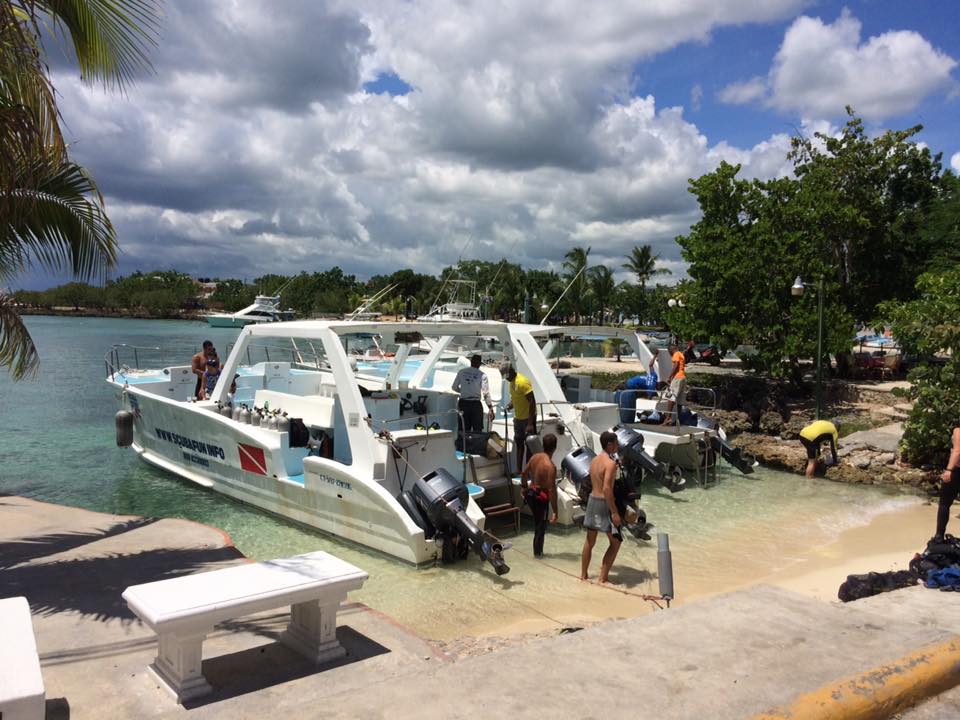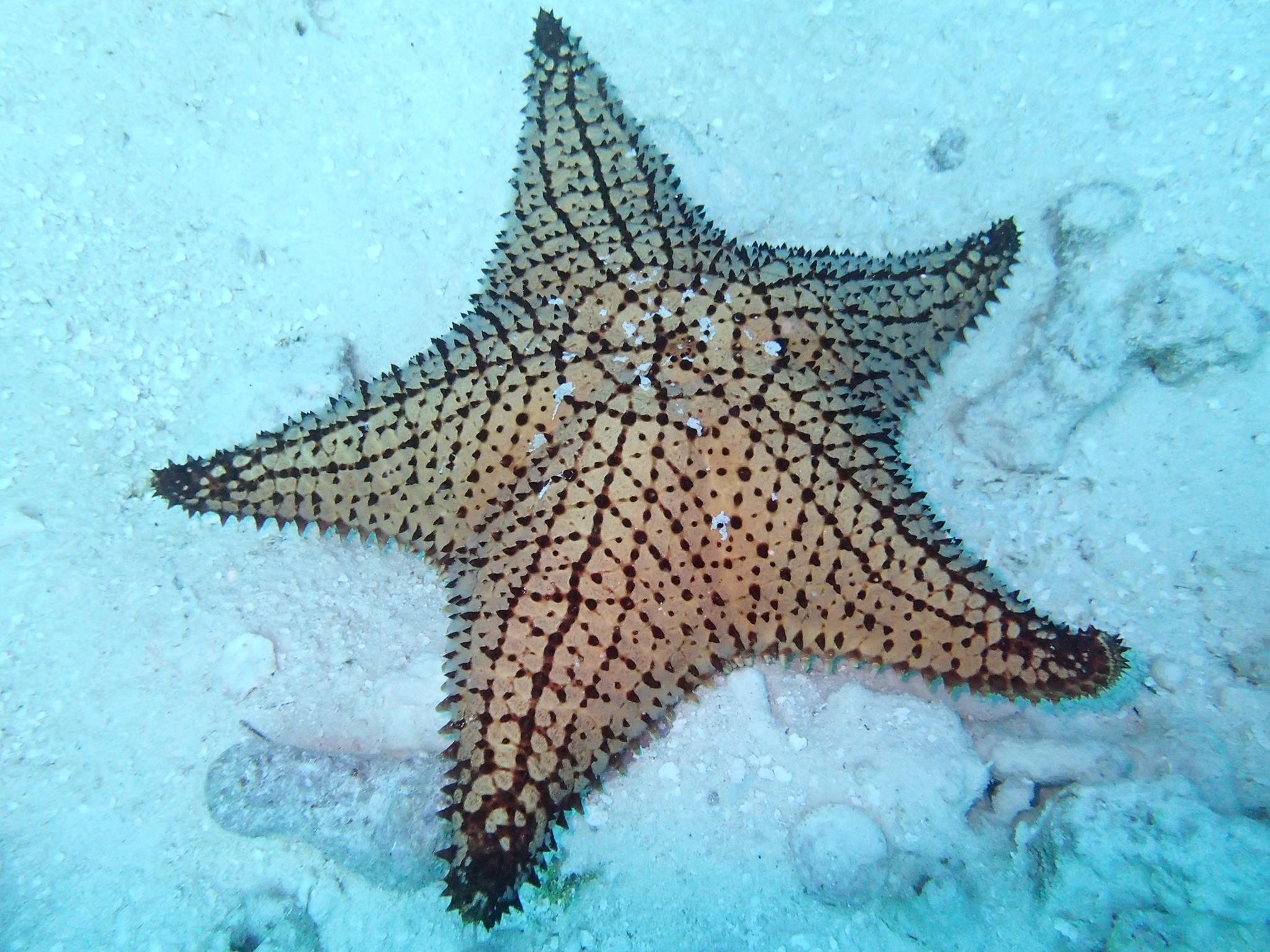PADI Advanced Open Water Diver Course
Become an Advanced Open Water Diver!
You want to go to the next level? Get Advanced Open Water Certified! This certification allows you to get more experience and to dive deeper. It is a 2-3 day course.
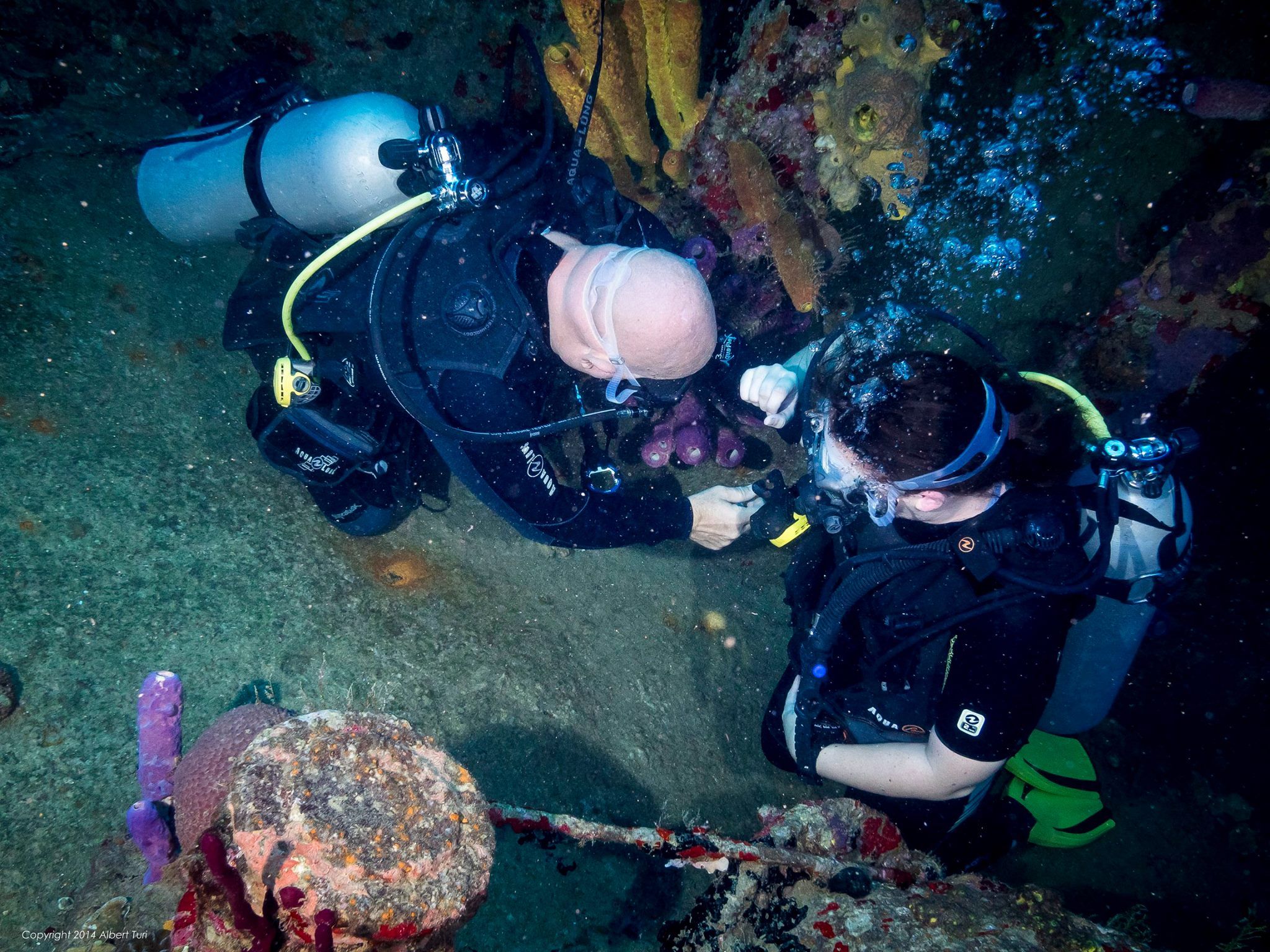
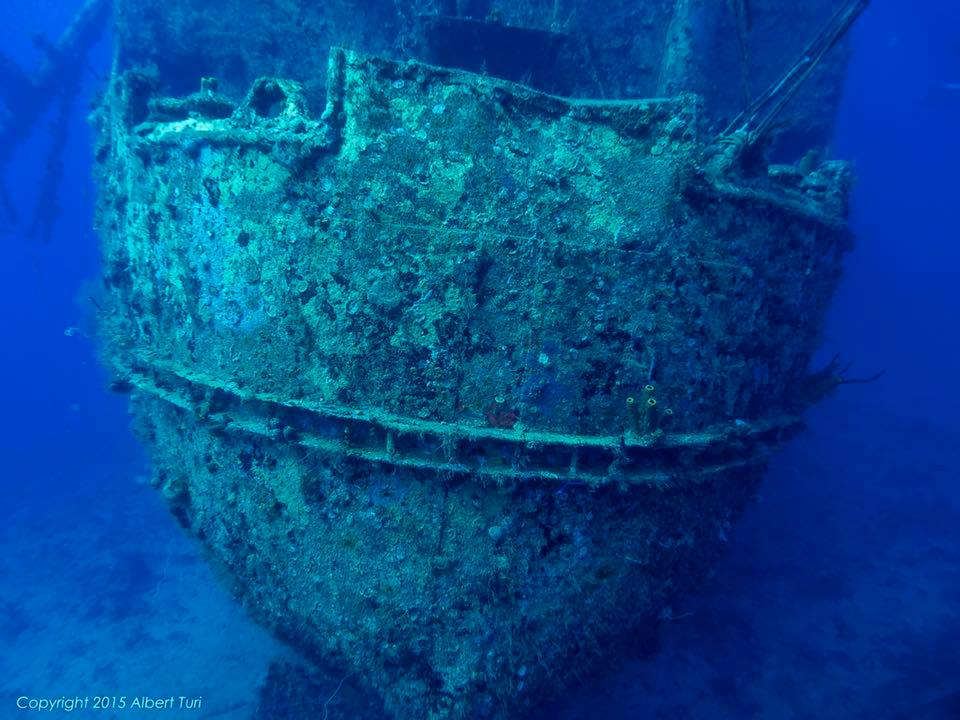
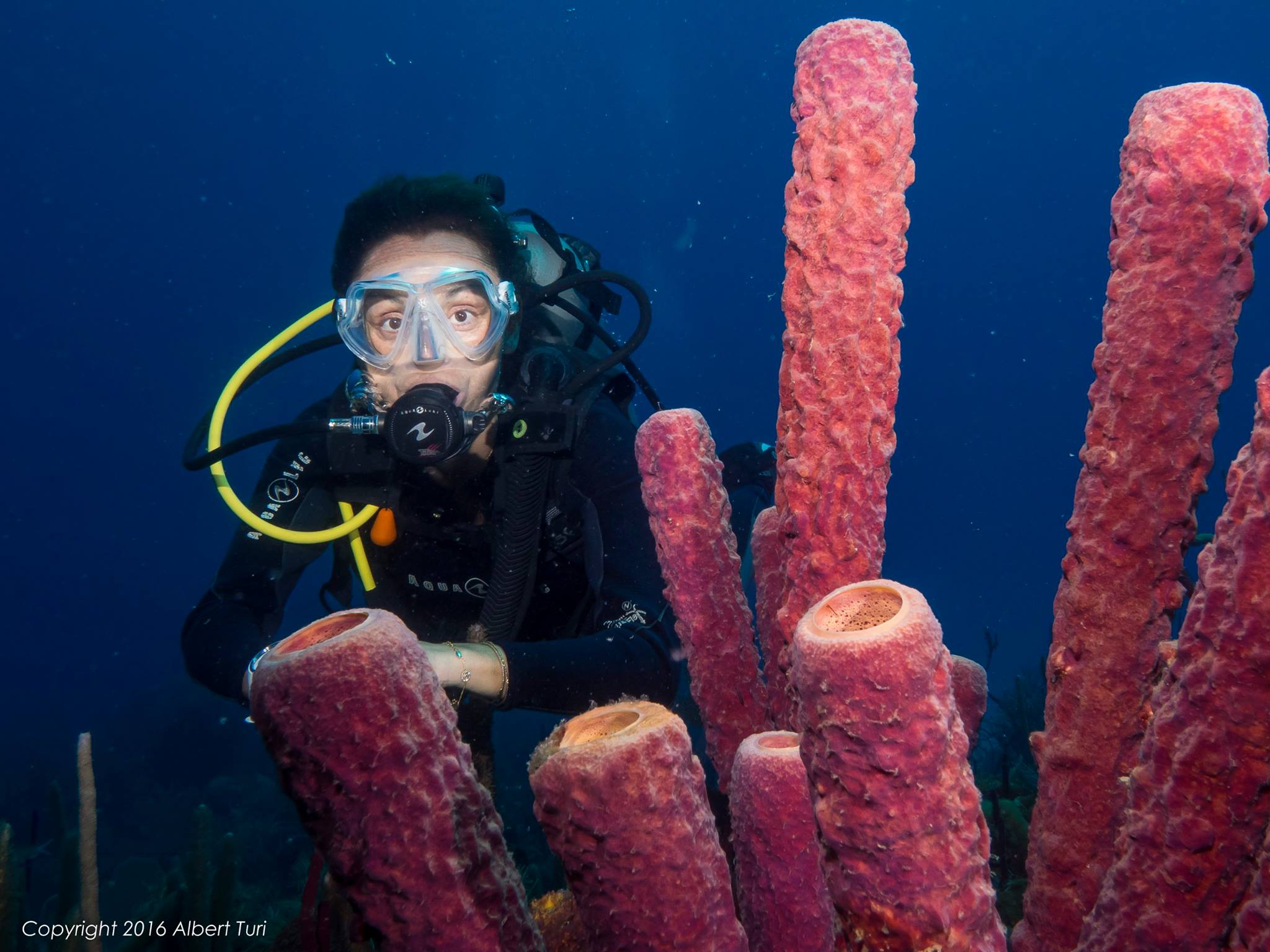
The course consists of 5 dives and theory. You don’t have to watch videos and do exams like the Open Water Course, you just have to read 5 chapters of the Advanced Open Water book and do the knowledge reviews.
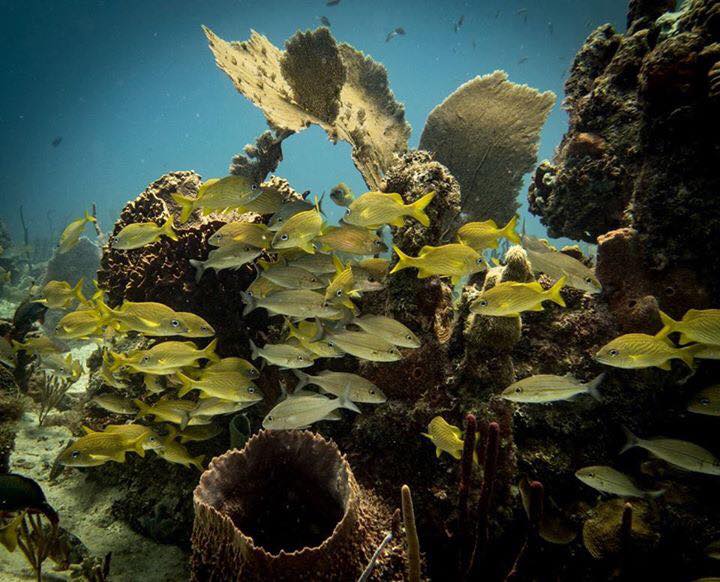
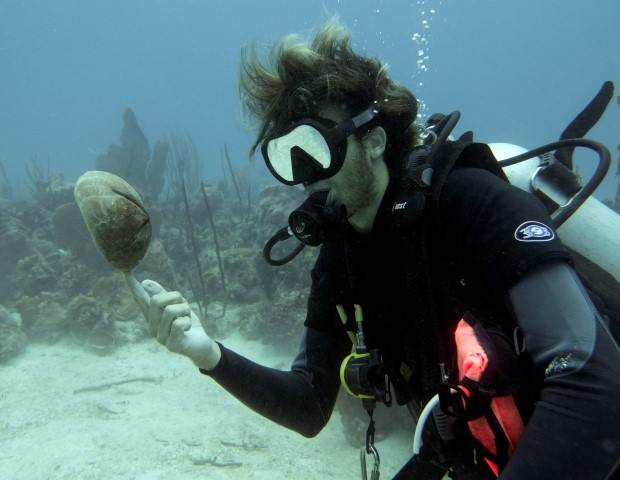
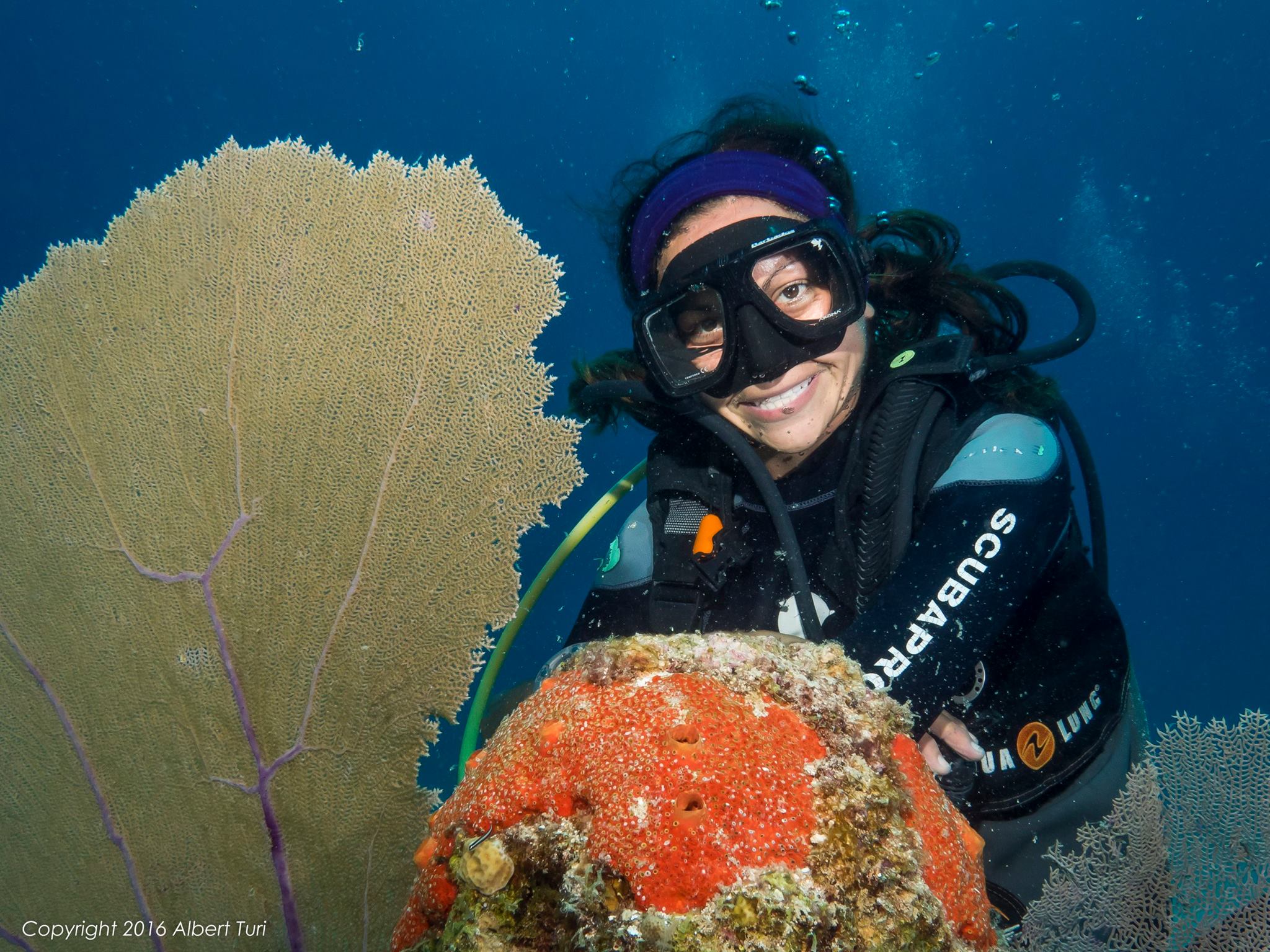
Deep and Underwater navigation are required. During the Deep Dive, you learn how to deal with the physiological effects and challengers of deeper scuba diving. The Underwater Navigations refines your compass navigation skills and helps you better navigate using kick-cycles, visual landmarks and time.
You will plan the other 3 dives with your instructor, you have 14 different options. Not all the options are possible here (for example Dry Suit Diving or Altitude Diving).
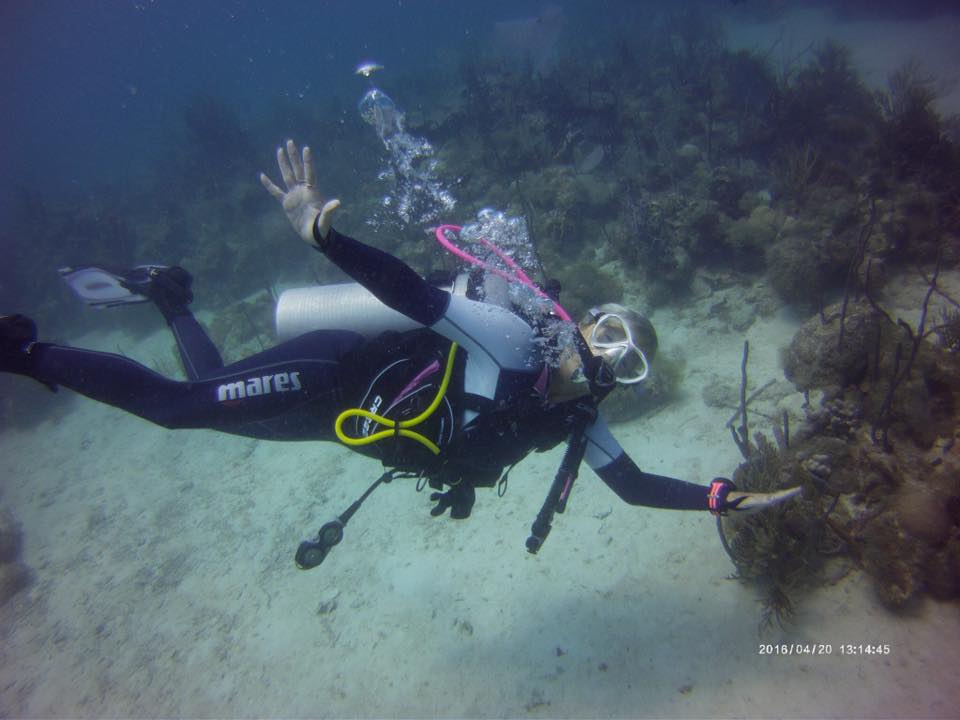
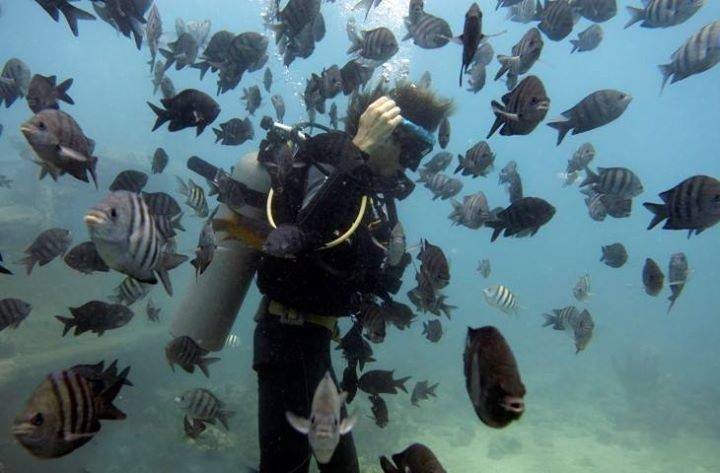
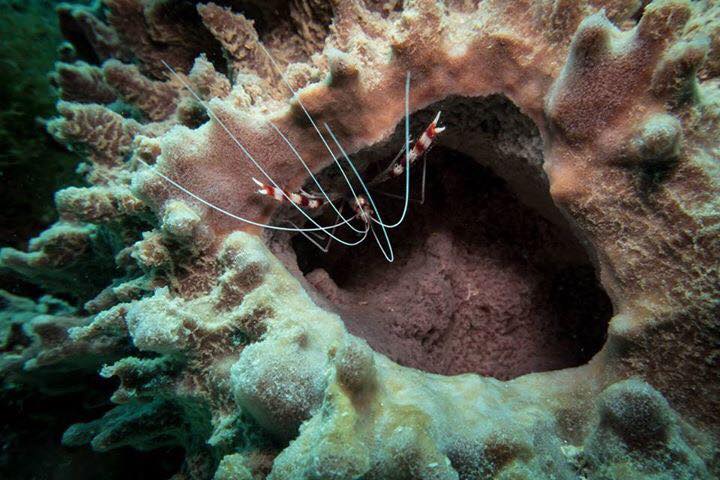
Here are the options for your 3 required dives:
- Fish Identification: “What was that fish?” is a common question heard after a dive. You will enjoy your dives more when you recognize the creatures that you see and can identify the main fish families and their characteristics. Also, you will learn fish survey techniques and strategies.
- Boat diving: will expand your knowledge about boats, for example boat diving procedures, where to store your gear and boating safety.
- Drift Diving: teaches you how to enjoy going with the flow as you use ocean currents to drift along.
- Multilevel and Computer diving: helps you to understand more about dive computers and learn how you can use tools like the eRDPML.
- Night diving: teaches you to focus on what you can see in your light’s beam, controlling buoyancy. You will practice light handling, communication techniques and navigating in the dark.
- Peak Performance Buoyancy: improves the buoyancy skills you have learned.
- Search and Recovery: teaches you effective ways to search for objects underwater and bring them to the surface.
- Wreck Diving: will teach you safety considerations for navigating and exploring wrecks, using penetration lines to guide explorations and techniques to avoid kicking up silt or disturbing the wreck.
